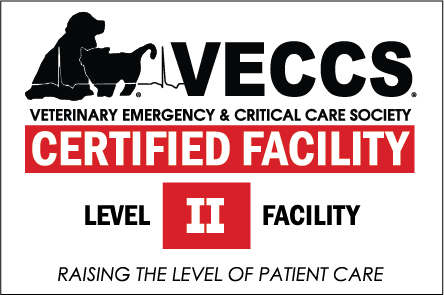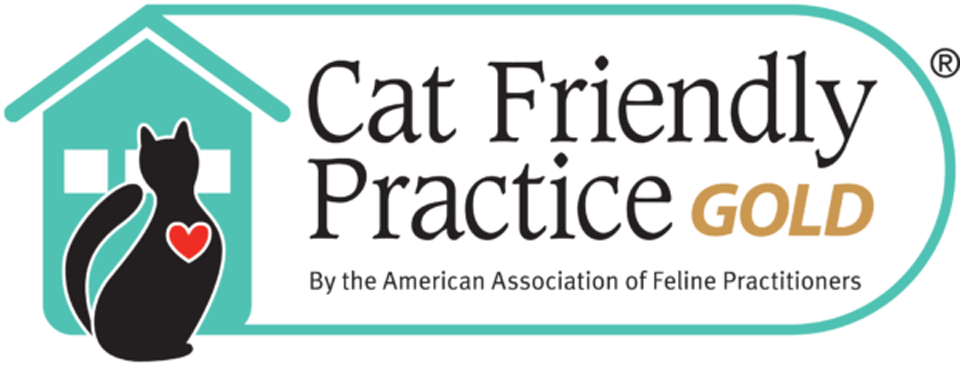
One cannot read James Herriot’s series of books about veterinary medicine in the years before World War II without reflecting gratefully on how far veterinary medicine has come in the diagnosis, treatment, and prevention of disease in the dog. Before the war, a veterinarian had to watch helplessly as an animal died of distemper, hepatitis, or even a bacterial infection. Now, we seldom see a case of canine distemper, and those infected animals we see have usually contracted the disease due to the owner’s neglect. We have conquered the canine distemper epidemic as surely as polio was conquered at about the same time in humans. More recently, parvovirus caused many deaths in the non-immune canine population; however, a vaccine was quickly developed, and the incidence of death due to this devastating virus has dropped dramatically. Because of an educated public and readily available vaccines, the incidence of viral disease in small animal practice has decreased to low levels. Another frequent cause of death, bacterial disease, is now usually arrested comparatively easily with the wide spectrum of antibiotics available to us. We have learned much about the control and elimination of genetic defects through selective breeding, and leash laws. Responsible owners have greatly decreased the incidence of animals killed by trauma. Animals, like their owners, are living longer and longer.

For all these reasons, a good part of the veterinarian’s canine and feline practice today is the care of the geriatric animal. It is not at all unusual to be presented with an animal that is ten to twenty years old and whose health has been preserved relatively well through frequent veterinary care. Many of these older animals, however, are presented with a disease that we still cannot cure, at least in many cases–cancer. Just as in man, the diseases of old age in our pets are cancer, heart disease, and kidney failure. Often, the veterinarian and owner is forced to sit by helplessly and watch the demise of an animal with a tumor which has spread, just as Herriot had to watch an animal die of a simple bacterial infection. Why do we see so much cancer in our pets? Is the incidence increasing?
Although it may appear to some that we hear much more about cancer in animals now than we did in the past, the fact is that we see more cancer because our pets are living longer due to the excellent care they receive today, as well as to advances in the prevention of infectious disease. Of course, veterinarians know a great deal more about the diagnosis and therapy of malignant disease in pets than they did fifty years ago; even fifteen years ago, little about cancer therapy was being taught in most veterinary schools. But we still lag far behind human medicine in our ability to control or prevent malignancies. The purpose of this introduction is to present briefly our current level of knowledge about the incidence, diagnosis, and therapy of cancer in small animals.

Oncology Links
Animal
- The Animal Cancer Center at Colorado
- Veterinary Cancer Society
- Gulf Coast Veterinary Oncology
- OncoLink-Veterinary Oncology
- Comparative Oncology Trials Consortium (COTC)



